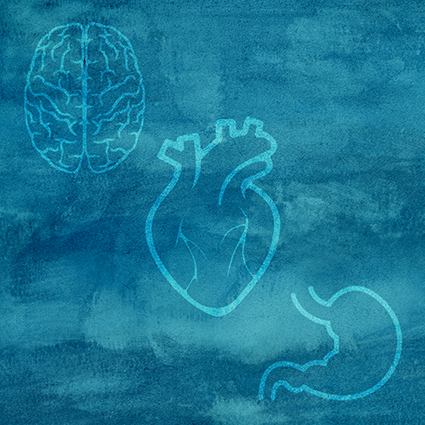What In The World Is Color Psychology ?

Color psychology is the study of how color affects human behavior. It’s a long-standing, field used in art, design, marketing, sports, medicine, and much more.
Despite its long history and widespread use, there’s a lot more to discover about how color affects people scientifically. Here’s are a few facts that have been scientifically proven.
We see certain colors more quickly than others.
Warm colors are stimulating and cool colors are calming.
A red room feels 10 degrees warmer, while a blue room feels 10 degrees cooler.
Colors can enhance the effectiveness of placebos.
The presence of green speeds healing.
Athletes perform better in certain colors and get penalized more in others.
Clearly, the responses to color are at once physical, psychological, and social, so identifying the strongest contributor(s) to a response(s) is no easy matter. The more social the response, the more likely it is to vary between individuals. Socially, color psychology has many layers – universal, cultural, regional, communal, individual. And then there’s time. Age (as well as gender) can also influence how a person perceives and interacts with color. An era or a moment can become important factors too. It’s complicated but it’s fascinating!
Color affects body, mind, and emotions. Color can be used by physicians to promote physical and psychological health, by businesses to brand identities and influence purchasing decisions, by political movements to propagate values and ideas, and by artists to communicate aesthetics and emotions. Color is a powerful communication tool that can be used to influence perception, mood, and action.
Considering the psychological dimensions of color consciously will give you a greater awareness of the phenomenon of color and improve your ability to communicate with it. Remember, there are shared responses to color and you have your own individual responses to color. Being able to tell the difference can be insightful. This mindfulness is something every visual artist will benefit from.
How will you use color?
Read more on Color Psychology here.
Learn more in my digital printing and digital photography workshops.


Lloyd
24.09.2009 at 16:03I really appreciated your comments about the psychology of color. They struck a resonance with me. I’ve been interested in the neuropsychology of how people view photographs for some time now. That certainly includes color. But, there are other aspects as well. For example, we teach students in workshops that the viewer’s eye goes to the brightest and/or sharpest thing in the image. I’ve also heard that westerners tend to enter a photo from the lower left while Japanese people (and maybe others) would enter the same photo from the upper right. I’ve searched for confirmation of this but haven’t found anything so it may be a myth.
My goal is to collect these bits of information, verify them if possible, and then use those that are real in designing images that better convey my vision and intention.
I’d enjoy kicking this around with you and others who are interested.
trace
26.09.2009 at 03:48I hope you’ll include white and black.